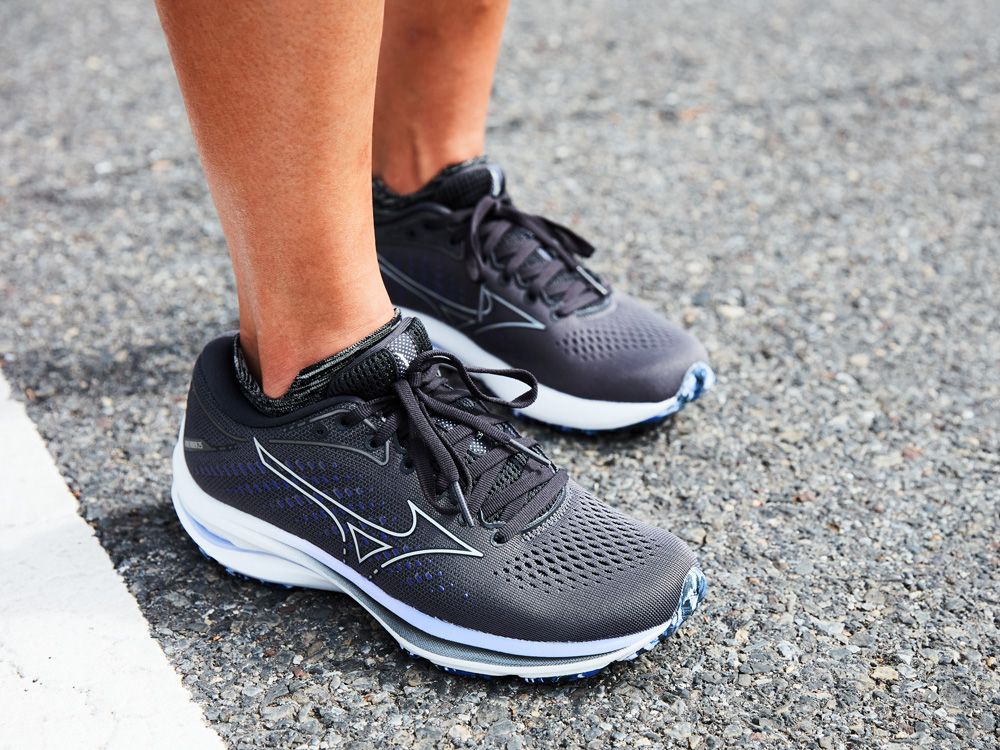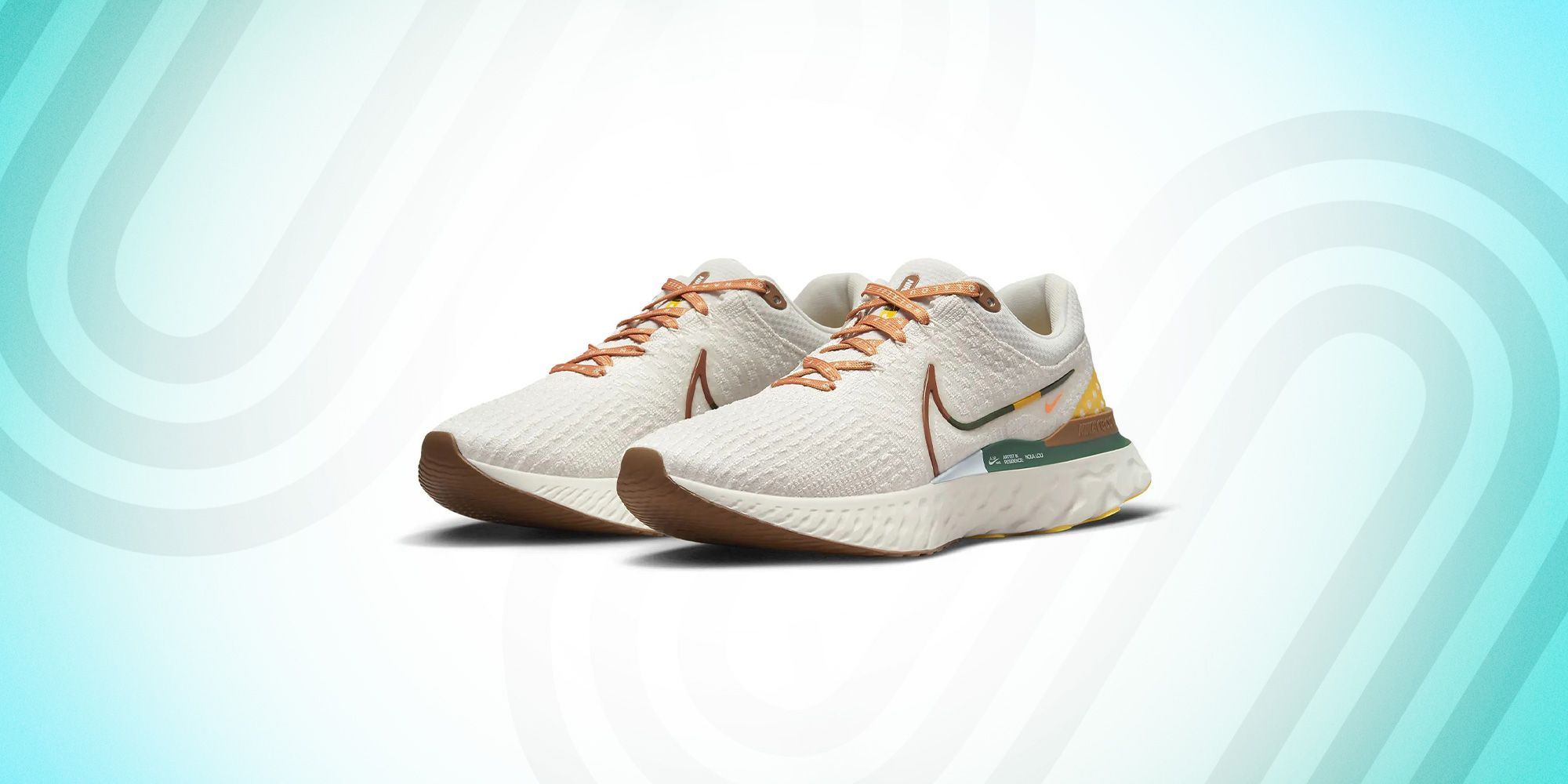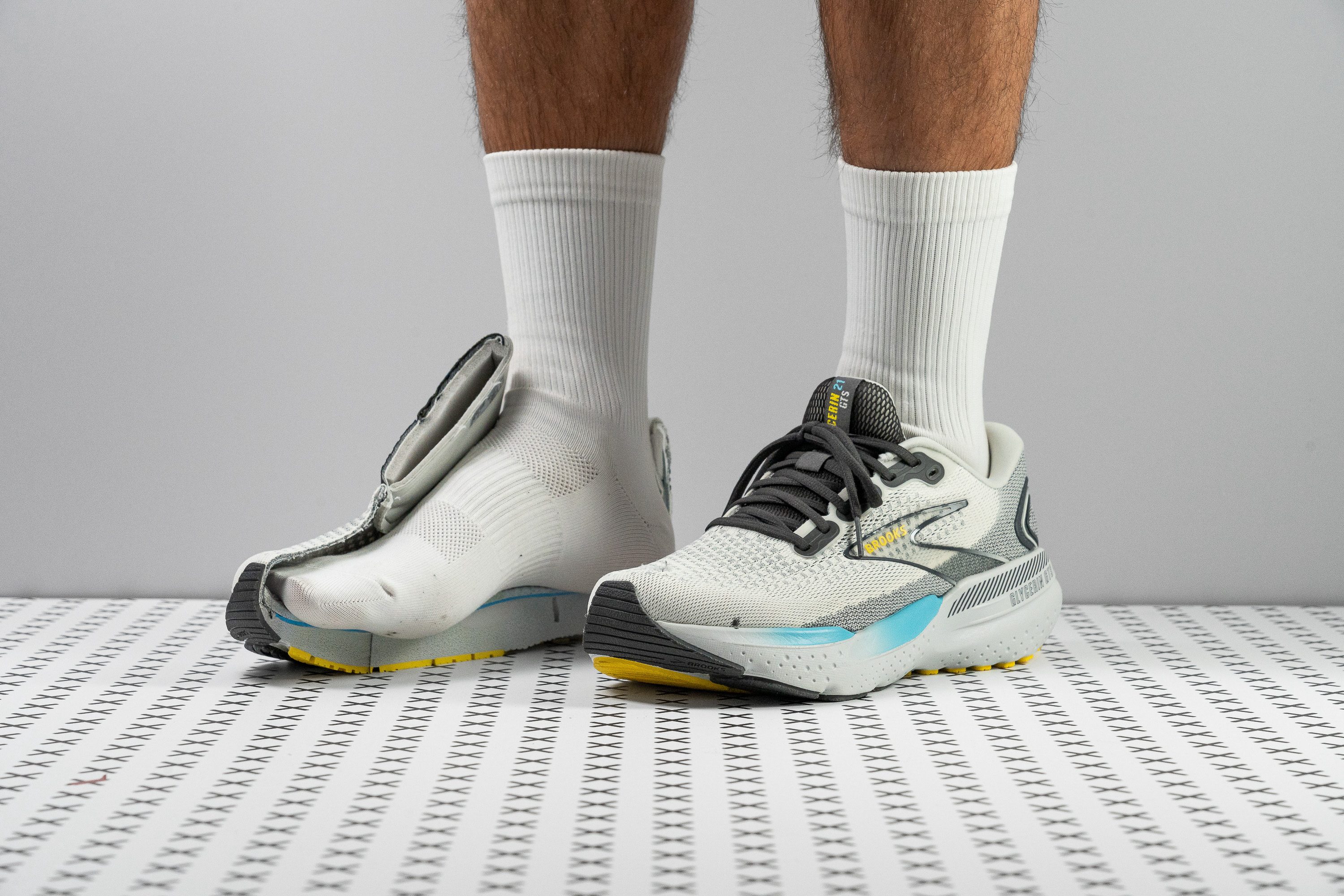If you’re among the many runners who experience discomfort due to plantar fasciitis, finding the right footwear is crucial. This condition causes pain on the bottom of the foot, particularly near the heel, due to inflammation of the plantar fascia. Fortunately, the right pair of running shoes can alleviate this pain and improve your running experience. In this comprehensive guide, we explore the best running shoes for plantar fasciitis, sharing real-world footwear experiences, case studies, product highlights, pros and cons, and much more!
Understanding Plantar Fasciitis
Before diving into our shoe recommendations, let’s take a closer look at plantar fasciitis. This condition often stems from a combination of factors, including overuse, improper footwear, and biomechanical issues. According to research from the National Center for Biotechnology Information, approximately 10% of the population suffers from plantar fasciitis at some point in their lives. Proper shoes can play a significant role in managing this condition by providing the necessary arch support and cushioning.
Key Features to Look For
When searching for the best running shoes for plantar fasciitis, consider the following features:
- Arch Support: Shoes with ample arch support help distribute weight evenly across your foot.
- Cushioning: Look for well-cushioned shoes that absorb shock and reduce pressure on the heel.
- Stability: Stability shoes can help with overpronation and enhance your foot’s natural motion.
- Fit: A snug yet comfortable fit prevents unnecessary movement that can exacerbate discomfort.
- Durability: Investing in durable shoes ensures long-lasting support and comfort.
Top Running Shoes for Plantar Fasciitis
1. Asics Gel-Kayano 28
The Asics Gel-Kayano 28 is renowned for its excellent support and cushioning. This shoe features the Dynamic DuoMax technology, which enhances stability, making it an optimal choice for those with plantar fasciitis.

Pros:
- Exceptional cushioning
- Great arch support
- Lightweight construction
Cons:
- Higher price point
- May require a break-in period

2. Brooks Ghost 14
Brooks Ghost 14 is another excellent option for runners dealing with plantar fasciitis. Its BioMoGo DNA cushioning adapts to your stride, providing just the right amount of softness and support.
Pros:
- Flexibility and responsiveness
- Breathable upper material
- Easy to clean

Cons:
- May not offer enough support for severe cases
- Some users report sizing issues
3. New Balance Fresh Foam 1080v11
New Balance Fresh Foam 1080v11 delivers plush cushioning without sacrificing stability, making it a fantastic choice for those suffering from plantar fasciitis.

Pros:
- Soft, plush cushioning
- Wide toe box for comfort
- Multiple width options available
Cons:
- Can feel bulky for some runners
- Not the most durable in extreme conditions

Comparison Table of Recommended Shoes
| Model | Cushioning | Arch Support | Price |
|---|---|---|---|
| Asics Gel-Kayano 28 | Excellent | High | $160 |
| Brooks Ghost 14 | Good | Medium | $140 |
| New Balance Fresh Foam 1080v11 | Excellent | High | $150 |
Real-World Experiences
One of the best ways to gauge the effectiveness of running shoes for plantar fasciitis is to look at real-world experiences. For instance, Sarah, a marathon runner, shared that switching to the Brooks Ghost 14 significantly reduced her heel pain during long runs. “The cushioning is so responsive; I feel like I’m running on clouds!” she said.

Additionally, John, who suffered from plantar fasciitis for years, found relief by using the New Balance Fresh Foam 1080v11. “I was skeptical at first, but these shoes changed my life. I can finally run without pain,” he remarked. These testimonials highlight the impact that choosing the right footwear can have on managing plantar fasciitis.
Tips for Managing Plantar Fasciitis
Strengthening Exercises
In addition to wearing supportive shoes, incorporating stretching and strengthening exercises into your routine can help manage plantar fasciitis. Exercises such as calf stretches, toe raises, and foot flexor stretches can strengthen the muscles supporting your arch and heel. The American Orthopaedic Foot & Ankle Society offers excellent resources for developing a strengthening regimen.

Proper Warm-Up and Cool-Down
Always remember to warm up before a run and cool down afterward. This practice enhances flexibility and decreases the risk of injury. Dynamic stretches before running and static stretches after help maintain the elasticity of the tendons and ligaments in your feet.
Regular Footwear Replacement
Lastly, don’t forget to replace your running shoes regularly. Over time, shoes lose their ability to provide proper support and cushioning, which can aggravate plantar fasciitis. A good rule of thumb is to replace your shoes every 300 to 500 miles, depending on usage and wear.

Frequently Asked Questions (FAQs)
1. What are the best running shoes for plantar fasciitis?
The best running shoes for plantar fasciitis include the Asics Gel-Kayano 28, Brooks Ghost 14, and New Balance Fresh Foam 1080v11, all known for their excellent cushioning and arch support.
2. How can footwear help with plantar fasciitis?
Proper footwear can provide essential arch support, cushioning to absorb shock, and stability to help with foot alignment, reducing the strain on the plantar fascia.
3. Should I choose a specific type of shoe for my running style?
Yes, consider your running style (neutral, overpronator, or underpronator) when choosing running shoes. Stability shoes are ideal for overpronators, while neutral shoes work best for neutral runners.
4. Can insoles help with plantar fasciitis?
Custom or over-the-counter orthotic insoles can provide additional arch support and cushioning, making them a worthwhile investment for those suffering from plantar fasciitis.
5. How can I prevent plantar fasciitis?
To prevent plantar fasciitis, maintain a healthy weight, choose supportive footwear, incorporate calf stretches into your routine, and avoid excessive running on hard surfaces.
6. Do I need to break in new running shoes?
Yes, allowing time to break in new shoes is essential. Gradually increasing the duration and intensity of wear can help you avoid discomfort and blisters.
7. How do I know if my shoes are worn out?
Signs that your shoes need replacing include visible wear on the outsole, reduced cushioning, and discomfort during runs that weren’t previously present.
8. Can I still run with plantar fasciitis?
Yes, with the right shoes and proper care, many people can continue to run with plantar fasciitis. Consult with a healthcare professional for personalized advice.
9. How do I choose the right size for running shoes?
Measure your feet regularly, consider trying shoes on at the end of the day when your feet are slightly swollen, and ensure there’s about a thumb’s width of space at the toe box.
10. Are minimalist shoes good for plantar fasciitis?
Minimalist shoes may not provide adequate support for those suffering from plantar fasciitis, as they generally lack cushioning and arch support. It’s best to consult a specialist before choosing minimalist footwear.
11. What other treatments can help with plantar fasciitis?
Treatments for plantar fasciitis may include physical therapy, ice therapy, orthotics, and in more severe cases, corticosteroid injections or surgery. Always consult a healthcare provider for advice tailored to your situation.
Final Thoughts
Choosing the right running shoes can make a significant difference in managing plantar fasciitis. Prioritize comfort and support by selecting shoes designed with your specific needs in mind. Remember to pair your new footwear with proper care routines, such as stretching and regular exercise, to maintain your foot health. We hope this guide helps you find the perfect pair to keep you running pain-free!